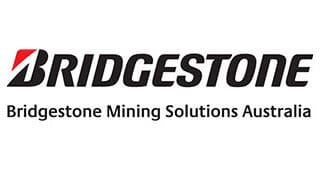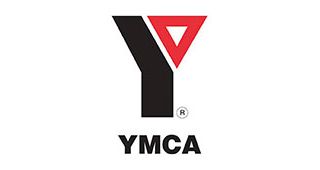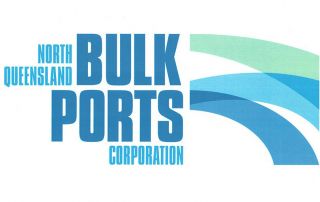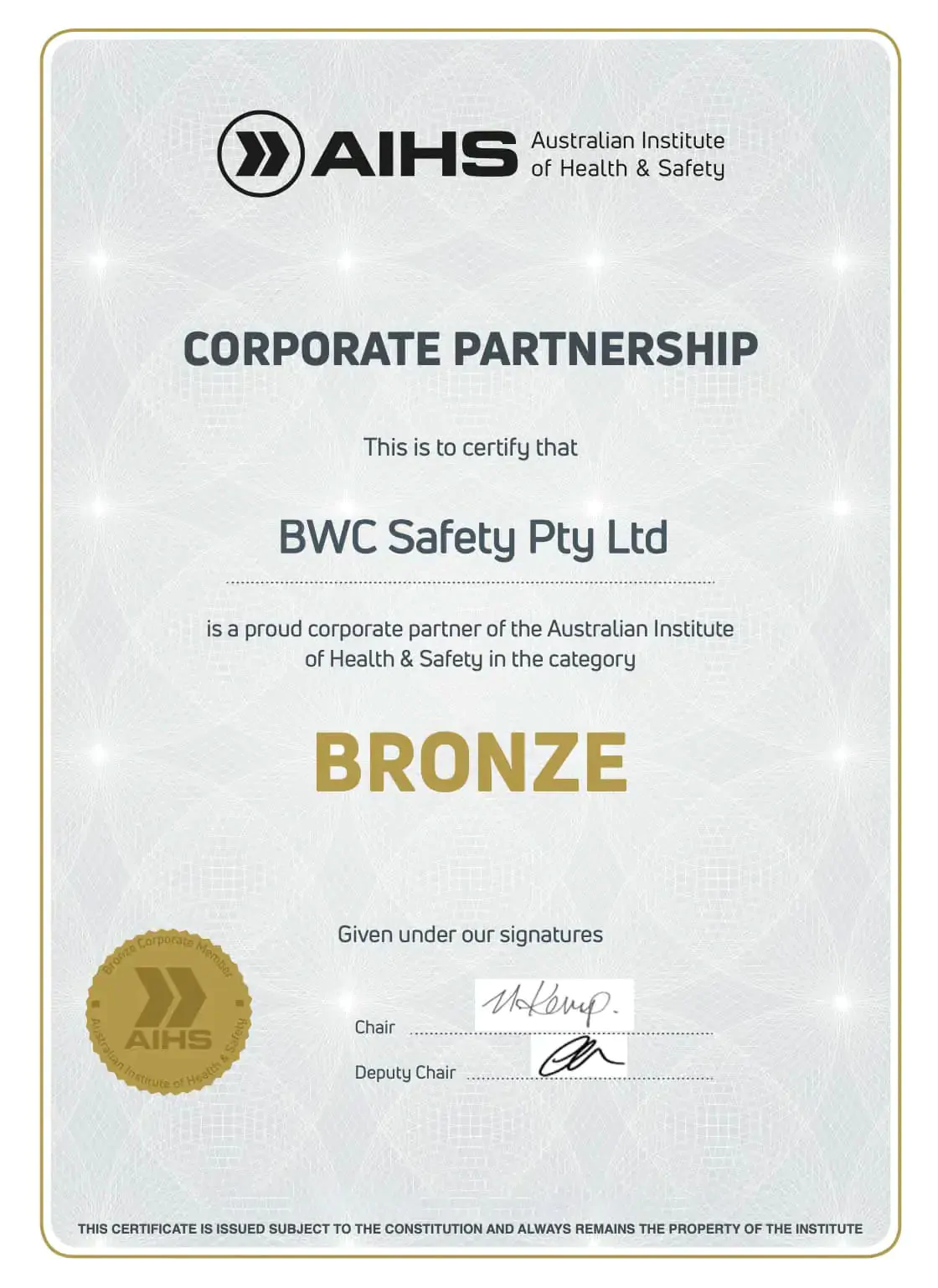5 Reasons You Should Review Your Safety Culture
The fact that you have taken the time to read this, probably means that you have concerns about the safety culture in your organisation. Our team at BWC Safety have been doing safety culture reviews for two decades and we have identified five warning signs that make a strong case for investing in an independent review.
Hopefully this helps with your decision. Here are the five warning signs:
1. Recurring serious incidents
For many organisations, serious injuries are like that arcade game where the moles pop up. You hit one on the head and then another pops up. This process just keeps repeating, despite the fact that your company has mature systems, dedicated WHS teams and experienced managers who are genuinely trying to fix the problem.
The test here is to consider the potential severity of these incidents i.e. what could have happened, rather than what did happen? Ask yourself this – Are we rolling the dice on a potential fatality too often?
2. High worker’s compensation costs
Another great litmus test for underlying safety problems are high numbers of worker’s compensation claims. If you are not hearing about the incidents, but your CFO is getting annoyed about rising WC costs, then you may have a reporting problem and you can be pretty sure that information is being filtered before it gets to you.
3. Senior team just ‘doesn’t get it’
If this is true, you will have the feeling that you are the only one who understands what a good safety culture looks like. The focus seems to be only on profit and productivity. There is little understanding that good safety produces better efficiencies. When you raise safety matters at meetings, do you receive lip service but little genuine follow through?
The importance of consistent visible commitment to safety from senior leadership cannot be understated. This ‘tone from the top’ cascades down to eventually become the values and group norms of your organisation. So, if your leaders only talk productivity or sales, what will employees think is most important?
4. Your messages hit the ‘Concrete Layer’
You send fairly regular messages through your senior team that ‘we’ want to engage people in the safety journey. You want all managers to be ‘out there’ talking with people about safety. You even test the feedback yourself by regularly meeting with staff and find that few people are even aware that we are trying to improve our safety culture.
Discouraged, you are left wondering how so much emphasis at the executive level has so little impact on the frontline. It’s almost like there is a layer of concrete separating management and the workforce.
5. Your Head of Safety is a good person, but…
Typically, staff will like them. Approachable, friendly and eager to help. They rarely challenge anyone from your executive team and are quite happy to run the HSE meeting on your behalf. Reports and graphs are produced and there is usually a ‘reasonable reason’ for missed targets or recurring injuries.
The problem is that this person must be the trusted advisor on HSE matters in your organisation. The right person will generate value to the organisation by spotting emerging problems and bringing practical solutions that your operations team can implement. They will possess the courage to offer candid advice in a respectful manner and have the experience to gain support from amongst the executive team. Sadly, these types of people are uncommon.
What now?
If you have ticked off one or more of these warning signs it is unlikely that you will be able to resolve the situation without some external help. Ultimately you are fighting to overcome inertia. While there are probably a few senior people that see the problem and are prepared to change, there are many more that are happy to keep the culture where it is.
From experience, what is needed is an external firm that you trust, who can shine a light on strengths and weaknesses at all levels in your organisation. This firm must be comfortable in holding up the mirror to you and your key executives. They must be able to make a compelling case for change. They must also have a track record of partnering with organisations through the transformation process.
How long does it take?
While a review of safety culture and development of a roadmap for improvement can be done in a few months, the effort to change the safety culture is measured in years. However, once momentum has been gained it is fairly normal to make measurable improvements of around 30% year on year.
We can help
At BWC Safety we have an experienced team who have been helping organisations with safety culture reviews for more than twenty years. Many of our clients are household names and we partner with them over all phases of the safety journey. You can reach us through our website www.bwcsafety.com.au or at 0408 300 187.

Laurie Medlock is a senior WHS consultant with over 20 years’ experience in helping companies to improve their safety culture and performance. When Laurie’s not working for clients, he loves flying. For further information or advice on developing your safety culture your can contact Laurie and the BWC Safety team on the following numbers:
Make an Enquiry
Ensure your organisation isn’t making critical WHS mistakes by getting expert advice before it’s too late.

















